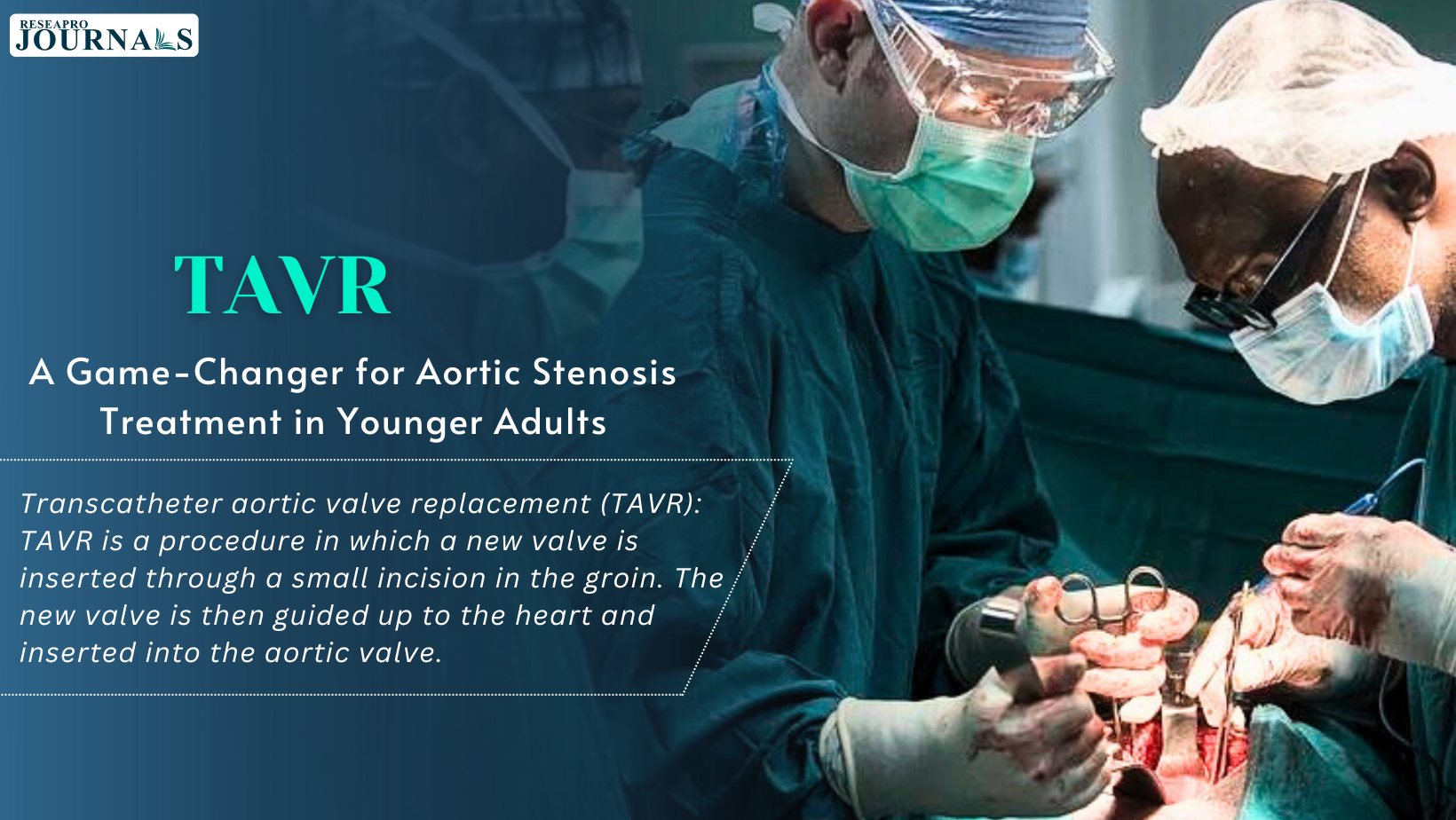|
Getting your Trinity Audio player ready...
|
In the past, surgery was the only option for treating aortic stenosis. However, there are now several minimally invasive procedures available that offer a number of benefits over surgery, including:
- Shorter recovery time
- Less pain
- Reduced risk of complications
Types of Minimally Invasive Heart Procedures for Aortic Stenosis
There are two main types of minimally invasive heart procedures for aortic stenosis:
- Transcatheter aortic valve replacement (TAVR):┬ĀTAVR is a procedure in which a new valve is inserted through a small incision in the groin.┬ĀThe new valve is then guided up to the heart and inserted into the aortic valve.
- Minimally invasive aortic valve surgery (MIAVR):┬ĀMIAVR is a procedure in which a new valve is inserted through a small incision in the chest.┬ĀThe surgeon then uses special instruments to reach the heart and aortic valve.
Transcatheter Aortic Valve Replacement (TAVR) is a minimally invasive procedure to treat aortic stenosis, a condition where the aortic valve narrows, impeding blood flow and causing symptoms like chest pain and shortness of breath. TAVR replaces the diseased valve with one made from animal tissue, all through a small skin incision, eliminating the need for open-heart surgery. A groundbreaking alternative to traditional approaches, TAVR offers patients a tailored solution with fewer risks and enhanced recovery.




